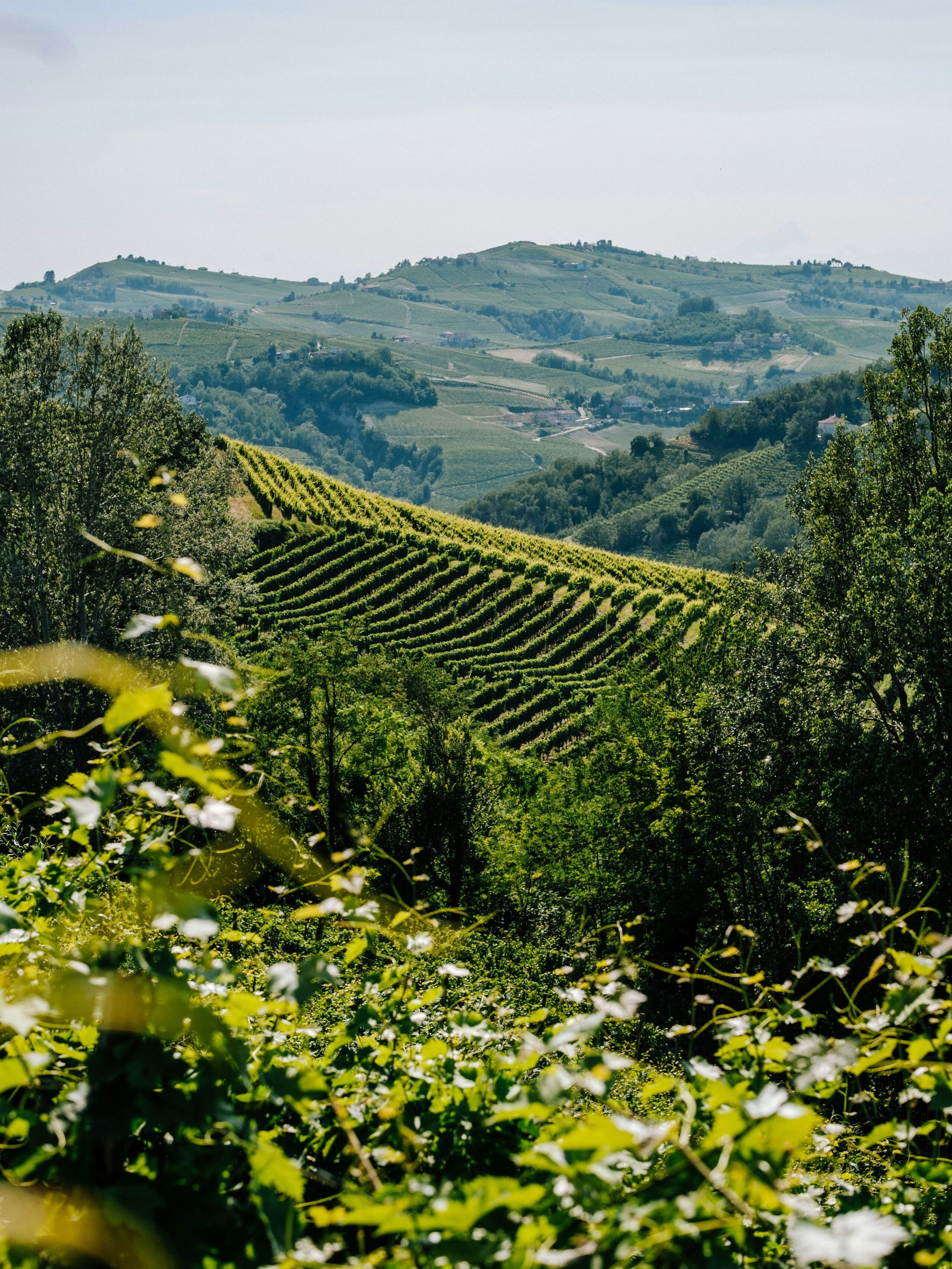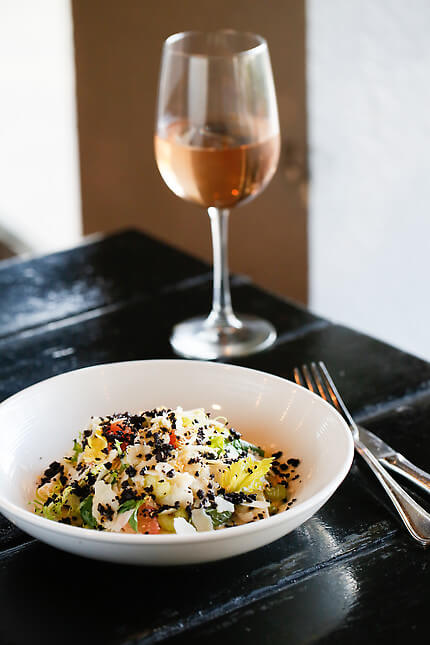
A revolution born around a dinner table—and still unfolding one meal at a time.
In 1986, a group of Italians gathered in protest. Not with picket signs or chants, but with forks outside a newly opened McDonald’s. At the foot of Rome’s Spanish Steps, journalist and gastronome Carlo Petrini staged a demonstration.
That quiet act of resistance became the foundation of the Slow Food Movement, a global initiative rooted in pleasure, sustainability, and cultural preservation. What started as a rejection of fast food’s homogenization has become one of the most significant food philosophies of our time. But to fully understand Slow Food, you need to go back—not just to Rome, but to Piedmont, the verdant region where it all began.

Defining Slow Food: More Than a Philosophy, a Way of Life
At its core, Slow Food is a movement that believes food should be good, clean, and fair.
- Good, in the sense of quality and flavor, rooted in tradition and seasonality.
- Clean, meaning sustainable for the environment and healthy for those who consume it.
- Fair, in that food producers should be treated with dignity, paid well, and supported in their work.
But these principles aren’t abstract. They show up in a wheel of raw-milk Castelmagno cheese aged in mountain caves, in a plate of hand-cut tajarin pasta tossed with sage butter, in a wine poured by the winemaker who harvested the grapes themselves. Slow Food celebrates the idea that meals should be anchored in place, shaped by culture, and shared in good company. What began as a grassroots Italian effort has now become a global network with chapters in more than 160 countries, yet its soul still resides in the landscapes of northern Italy—in the rolling hills and vine-laced valleys of Piedmont.
The Origins: Piedmont, the Cradle of Slow Food
Piedmont isn’t just the birthplace of the movement—it’s the living heart. Nestled in the foothills of the Alps, this region has long been home to deeply rooted culinary traditions: truffle hunting in forests, cheese making in the alpine valleys, and hazelnut harvesting in Langhe.
It’s also where the University of Gastronomic Sciences was founded in 2004 as a physical manifestation of Slow Food’s mission to reconnect food systems with ecology, economy, and community. Located in the town of Pollenzo, the university occupies a former royal estate—a setting that feels fitting for a movement that treats food as both a daily necessity and an art form.
Here, students from around the world come to study not just agriculture or cuisine, but the interplay between biodiversity and flavor, the importance of preserving endangered ingredients, and the ethical dimension of dining.
And just down the road, you’ll find the Salone del Gusto, a biennial gathering hosted by Slow Food that draws chefs, farmers, and food lovers from every corner of the globe—united by the belief that food can change the world.


Slow Food in Practice: A Philosophy on the Plate
On the table, Slow Food looks like regional cheeses made from raw milk, heirloom beans harvested by hand, and vinegars aged in chestnut barrels for a decade or more. It celebrates the presidia—local ingredients, techniques, and producers at risk of disappearing in the shadow of industrial agriculture.
In Piedmont, it’s found in a bowl of bagna càuda, a warm anchovy and garlic dip served with winter vegetables. Or in a handmade agnolotti, each one crimped by hand and stuffed with braised meats that have simmered for hours. It’s in the silence that falls over the table as the first shavings of white truffle hit warm risotto.
What ties it all together is not extravagance, but intention—an understanding that each step in the process, from soil to service, matters. That food has the power to shape culture, and protecting traditional foodways is an act of resistance.
A Chef Rooted in Slow Food Values
While Slow Food was born in Italy, its philosophy resonates with chefs around the world—especially those who see food not just as craft, but as conversation. Giorgio Rapicavoli, the award-winning chef leading an upcoming trip to Piedmont, is one of them.
Known for infusing his Piedmontese heritage into bold interpretations of global cuisine, Giorgio brings with him a deep respect for origin stories—of ingredients, of techniques, of the people who taught him how to cook. Whether he’s hand-selecting olive oil from a family-run mill or foraging for wild herbs along the foothills, his work reflects the Slow Food ethos: good, clean, and fair
His trip to Piedmont offers more than the chance to dine with a celebrated chef—it’s a rare opportunity to walk with him through vineyards, taste with him in kitchens, and cook alongside him in the very place that gave rise to the movement he champions.


Why Piedmont Is the Ultimate Slow Food Destination
While travelers often associate Italy with pizza, pasta, and gelato, Piedmont tells a different story. The food here is earthy, structured, and seasonally attuned—truffles in autumn, chestnuts in winter, stone fruits in summer. The wines are elegant and age-worthy, from Barolo to Barbaresco, shaped by the Nebbiolo grape and centuries of viticultural wisdom.
But perhaps what’s most striking is the unhurried rhythm of life. Markets unfold slowly. Meals last hours. Conversations stretch between courses. And everywhere, food is treated as a story unfolding in real time.
For those craving not just flavor but connection, Piedmont is an invitation to slow down, to tune in, and to taste deeply.
Join Us in the Birthplace of Slow Food
To visit Piedmont with Giorgio Rapicavoli is to experience the Slow Food Movement where it began—among the misty vineyards, bustling markets, and kitchen tables of northern Italy. You’ll taste regional dishes crafted with centuries-old techniques, meet local producers who are preserving biodiversity one ingredient at a time, and witness how the philosophy of Slow Food comes alive not just in meals, but in moments shared between people.
Book your journey through Piedmont with Giorgio Rapicavoli and rediscover what it means to eat with purpose, pleasure, and place.



